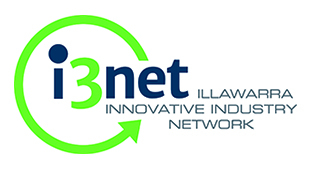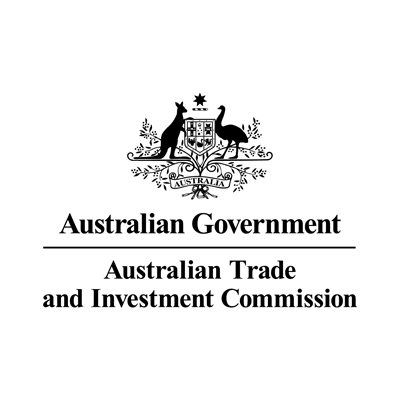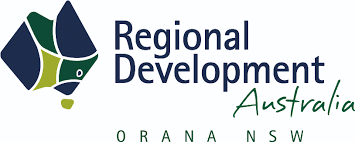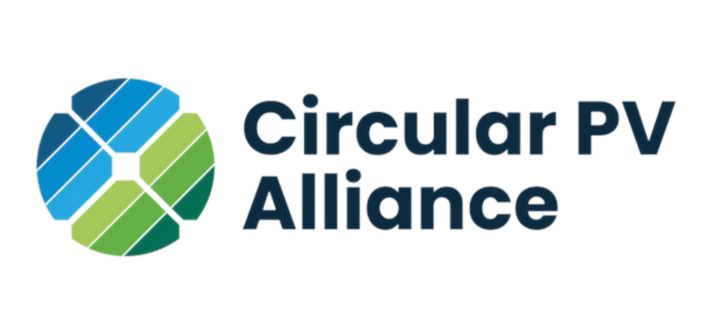Opportunities for growth and new industries: Australia’s Circular Economy in 2025
Two critical documents released at the end of 2024 have created a circular economy framework to consolidate changes to reduce waste, cut emissions, and create new jobs.

The Australian Government’s Circular Economy Framework provides a roadmap for reducing waste, cutting emissions, and unlocking economic opportunities, including an estimated $26 billion boost to GDP. Released In December 2024, the Framework was developed with input from over 250 organisations, and identifies pathways to transition to a circular economy and deliver substantial benefits for businesses, communities, and the environment.
The Circular Economy Ministerial Advisory Group (CEMAG) also delivered their final report to the Minister for Environment and Water at the end of 2024. CEMAG’s recommendations are based on 2 years of evidence gathering. This involved engaging with over 250 groups.
Lisa McLean, CEO of Circular Australia, and CEMAG member described the Framework as an opportunity to reimagine Australia’s economy. “Adopting a circular framework, a policy tool already being used by Australia’s trading partners and leading global economies, ensures Australia is aligned with our global competitors and puts this new economy at the forefront for generating new jobs and industries while protecting our natural resources.”
What is a Circular Economy?
A circular economy redefines growth by decoupling economic activity from the consumption of finite resources and designing waste out of the system. It focuses on three core principles:
- Designing out waste and pollution.
- Keeping products and materials in use.
- Regenerating natural systems.
The framework sets an ambitious target to double Australia’s circularity by 2035. Supporting goals include shrinking the per capita material footprint by 10%, improving material productivity by 30%, and recovering 80% of resources safely.
Sector-Specific Opportunities
The Circular Economy Ministerial Advisory Group (CEMAG) has identified areas where Australia has unique advantages and opportunities to drive change:
- Lithium batteries: A $3 billion opportunity exists to reuse, remanufacture, and recycle lithium from mobility batteries. Testing and upcycling these batteries can retain materials at their highest value, supporting renewable energy transitions.
- PET plastics: Expanding container deposit schemes and increasing recycling of PET plastics can reduce the demand for virgin materials and keep plastic waste out of the environment.
- Green steel: By leveraging renewable energy and iron ore resources, Australia can produce low-emission steel domestically. Initiatives like design-for-disassembly and material tracking systems can ensure existing steel is reused efficiently.
- Low-carbon cement: Circular approaches to concrete, including refurbishing, crushing, and recycling, can reduce demand for new cement, which is the second most consumed substance globally after water.
- Textiles: Australians’ high consumption of textiles presents opportunities for repair, sharing, and recycling. Improved sorting technologies and rental services could promote a more circular approach to fashion.
Circular Precincts and Regional Development
Developing circular precincts is another key opportunity as identified in Circular Australia and Aurecon's Circular Precincts: Activating place-based circular economy in Australia report. These hubs enable businesses to share infrastructure, reduce energy and water use, and process waste streams into new products. Regional cities and outer metropolitan areas are well-placed to host these precincts, driving local economic development and supporting community services.
Creating New Job Types
Transitioning to a circular economy will create diverse new roles, including:
- Circular engineers and designers developing durable, repairable products.
- Data specialists managing digital material passports.
- Construction resource managers overseeing material reuse.
- Circular precinct coordinators facilitating resource sharing and remanufacturing.
- Industry transition advisors supporting businesses in adopting circular practices.
Lisa McLean reflected, “There are so many fantastic opportunities for Australian businesses and for Australians and new jobs, and they go way beyond recycling. For example, we start with lithium. We've got mobility batteries that are really critical. They're full of lots of critical minerals. They're essential for our renewable energy transition. There's a $3 billion opportunity to keep those batteries onshore and recycle and process them and extract that value for export and use domestically.”
Policy and Business Support
The framework outlines clear guidance for businesses, including priorities, case studies, and opportunities to reduce emissions and innovate. For policymakers, it provides actionable pathways to align regulations, planning, and funding with circular economy goals. The immediate focus will be on industry, the built environment, agriculture and food, and resources.















